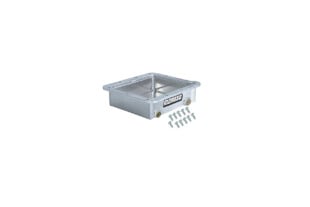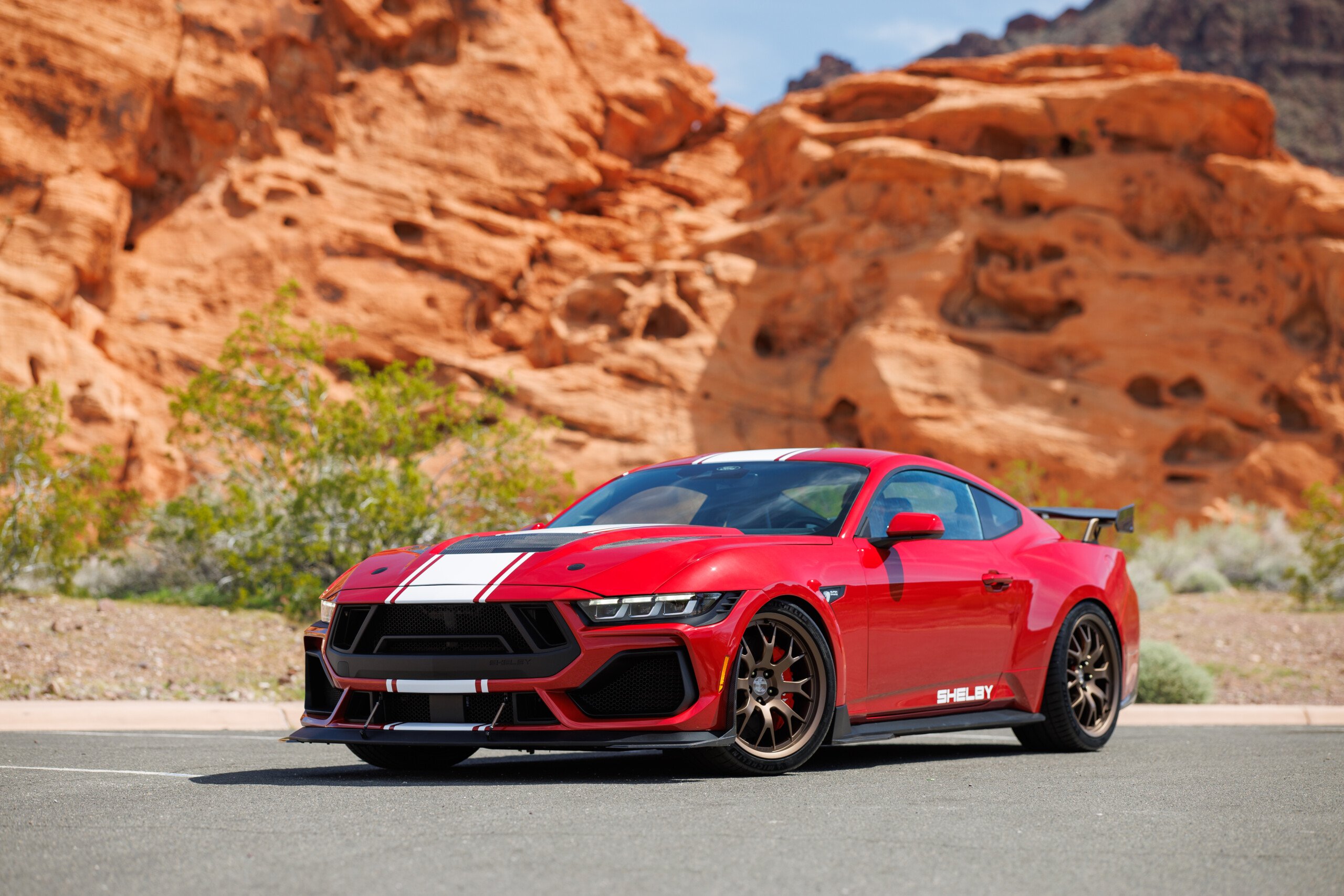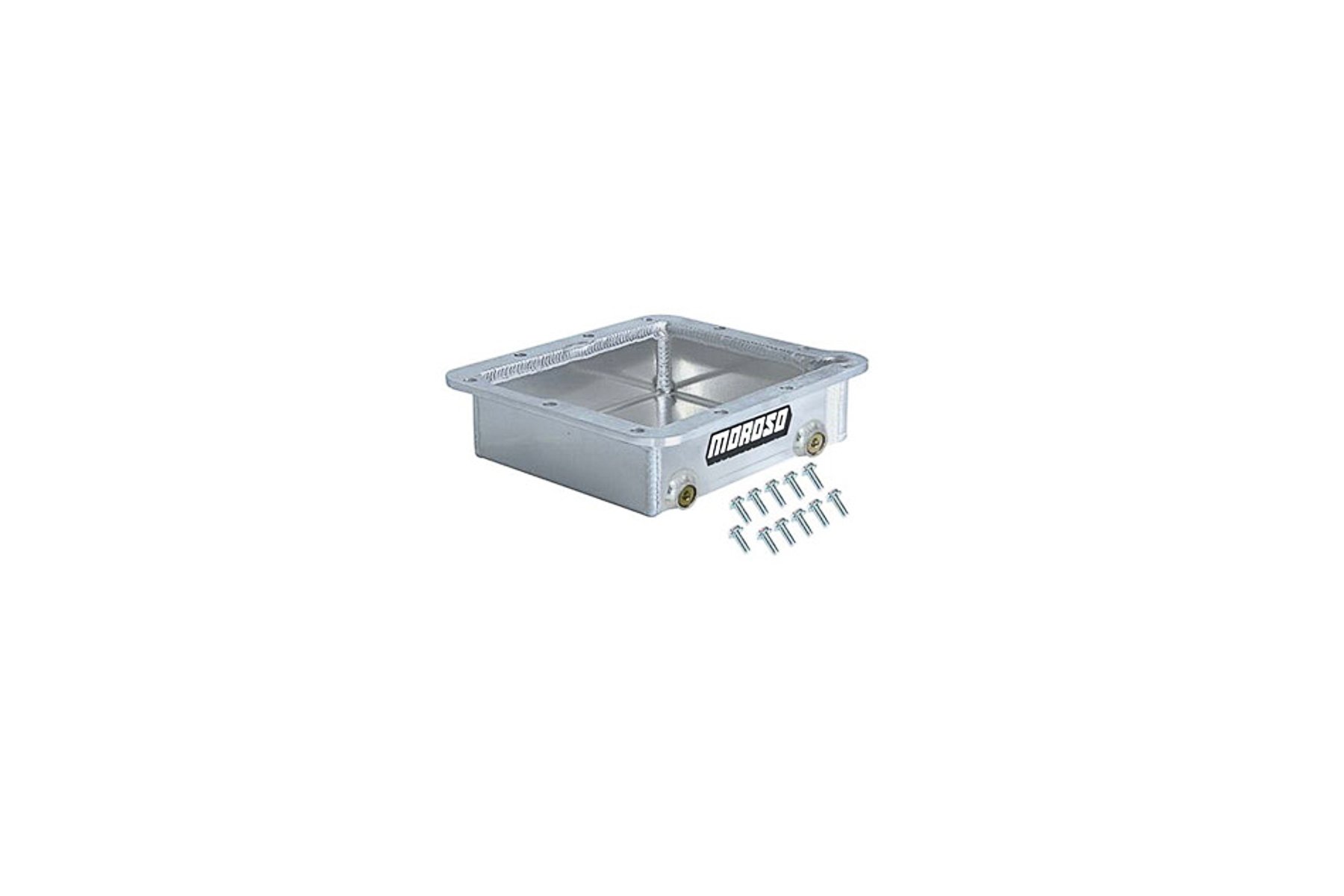 We’ve seen plenty of data regarding the 2015 Mustang. With that data we’ve also had a look at images supplied by Ford of the front and rear suspension. Ford keeps saying the chassis is remarkably better but no one has taken the time to explain to enthusiasts why.
We’ve seen plenty of data regarding the 2015 Mustang. With that data we’ve also had a look at images supplied by Ford of the front and rear suspension. Ford keeps saying the chassis is remarkably better but no one has taken the time to explain to enthusiasts why.
We recently spent some time with Kenny Brown discussing the ’15 Mustang’s suspension and what makes it better at least in theory. In short Brown says the ’15 is definitely a step in the right direction and he’s more than a little excited about the possibilities that this chassis will offer. Since the car isn’t out yet this discussion is purely based on suspension theory, “The car’s aren’t out yet, and obviously we haven’t had one in our hands to test, so until then we can talk about theory based on what Ford has released,” says Brown.
Stiffer Chassis
 Brown says that getting a stiff chassis tub as the foundation for the car is critical to getting a car that handles and drives well. Ford is using high strength steel, hydroforming, and other advanced manufacturing techniques to make the 2015 Mustang chassis 28-percent stiffer than the outgoing S197. Brown says that every time Ford has increased the structural strength of the Mustang it has made the car significantly better in terms of handling and ride.
Brown says that getting a stiff chassis tub as the foundation for the car is critical to getting a car that handles and drives well. Ford is using high strength steel, hydroforming, and other advanced manufacturing techniques to make the 2015 Mustang chassis 28-percent stiffer than the outgoing S197. Brown says that every time Ford has increased the structural strength of the Mustang it has made the car significantly better in terms of handling and ride.
“Through the years the very first thing we’ve done to Mustangs is stiffening, getting the tub stronger and it looks like Ford has gone ahead and done that. I’m excited because they keep doing more and more which means I don’t have to do as much to make the cars even better.”
Double Ball Joint Front
The double ball joint design for the 2015 Mustang’s front suspension is not something new or groundbreaking but it is a major departure from the A-arm suspension we’re accustomed to. A double ball joint front suspension has been in use in European cars from BMW, Audi, VW, and several vehicles from Asian manufacturers, for years.
In place of control arms the system uses two separate links connected to the spindle. The forward most link is known as a tension link with a second link known as the lateral link. 
Ford has said that one of the key advantages with this suspension design is their ability to use larger brake systems without the need for extreme wheel offsets. “I can see that, but you could have done that with the older systems as well,” says Brown. For 2015 the Mustang GT will now be wearing front brake rotors just shy of 14-inches and the Performance Pack will offer six-piston 15-inch brakes, similar to what was used on the GT500 in 2013-14.
Brown says there are more advantages to this design than just running bigger brakes. “With a regular lower control arm configuration [S197 and older] you have a single ball joint which is the single pivot point for the front spindle, this is what it rotates around. With the double ball joint what you’ve got is a virtual point for a pivot point. Its not only virtual but it varies as the spindle goes through turn events that virtual pivot point will move around.”
 According to Brown the double ball joint design reduces body roll in cornering which he says is especially helpful in cars like the Mustang where there is typically so much weight over the front wheels. “It also helps with anti-dive to reduce front end dive during braking, something that I’ve worked to reduce in Mustangs in my own designs for years.” Brown also says that in theory high speed stability should be improved with the S550 suspension as well..
According to Brown the double ball joint design reduces body roll in cornering which he says is especially helpful in cars like the Mustang where there is typically so much weight over the front wheels. “It also helps with anti-dive to reduce front end dive during braking, something that I’ve worked to reduce in Mustangs in my own designs for years.” Brown also says that in theory high speed stability should be improved with the S550 suspension as well..
Although he still doesn’t have the measurements on the S550 suspension, Brown says that there is another interesting characteristic with the double ball joint front suspension design. Typically with this type of suspension when it’s lowered the geometry actually improves, “When the car is lowered it actually improves the geometry on the loaded side tire, it’s not quite as good on the unloaded side tire. It’s interesting because it actually works better lowered than the previous S197 suspension. Of course this is working off a base theoretical double ball joint design.”
Don’t Fear The IRS

We know some of you are already plotting to do this to an S550 in hopes of swapping in a solid rear axle.
“From the big picture, in this day and age you really need an IRS in any kind of performance car,” says Brown. Many enthusiasts have bemoaned the idea of a Mustang without a solid rear axle. The terms IRS and Mustang often bring up visions of wheel hop and broken axles in 99-04 Cobras. For the S550 chassis Ford has gone back to the drawing board, and is putting together an independent rear suspension that the car was designed for from day one. Brown also let us tap his expertise regarding theory around the design of the S550’s IRS.
Brown lead off the discussion telling us. “What Ford has done here is kind of cool. We used to take the old SN95 system and move the pickup points for better geometry, and it looks like Ford has already done that here.” He continued by telling us “It also looks like they have added a lot more anti-squat than what the old cars used to have. This helps with anti-lift as well when the car is braking to improve anti-dive.”
Someone really spent some time thinking about how to overcome the weaknesses of the previous IRS and came up with something pretty contemporary for a high performance pony car. -Kenny Brown
Brown says that it appears part of the solution Ford has utilized to resolve this is by using utilizing a new link in their design. This link known as an integral link runs from the top of the spindle to the lower control arm on the IRS. He says that in theory this should reduce the twisting motion of the rear spindle/knuckle, “When torque is applied rather than twist and start to bounce around it actually applies torque to the lower control arm. It looks like with the lower control arms they’ve set it up so that the bushings are stiffer in the vertical. If you look at the load path, as the spindle would start to torque as the tires bite it would transfer that load to the link which transfers it to the control arm which then transfers it to the bushings that are stiffer in the vertical. So what it’s doing is reducing the opportunity to get wheel hop.”
S550 vs BOSS, Kenny says that on paper the S550 should easily win on the track.
Brown was complimentary of Ford’s design telling us, “Someone really spent some time thinking about how to overcome the weaknesses of the previous IRS and came up with something pretty contemporary for a high performance pony car.”
With our fears at ease about the IRS we had to ask Brown what he thought about the statement that a’15 GT equipped with the Performance Pack option could best the ’12-’13 BOSS around the road course. “With the solid axle in cornering you’re limited to the late apex quick rotation, kind of like the point and squirt. With the IRS in the back you’re going to be able to carry more speed through the center of the corner. With the way the front suspension is it should produce less roll and less dive which will get you into the corner quicker. In theory it should be hands down better than the previous BOSS.”
We could spend all day in Kenny’s classroom talking suspension and suspension theory, we’ll simply end our discussion with one of his closing statements on the S550 Mustang. “From my perspective I think they did a really good job at moving the brand and the performance forward.”



















